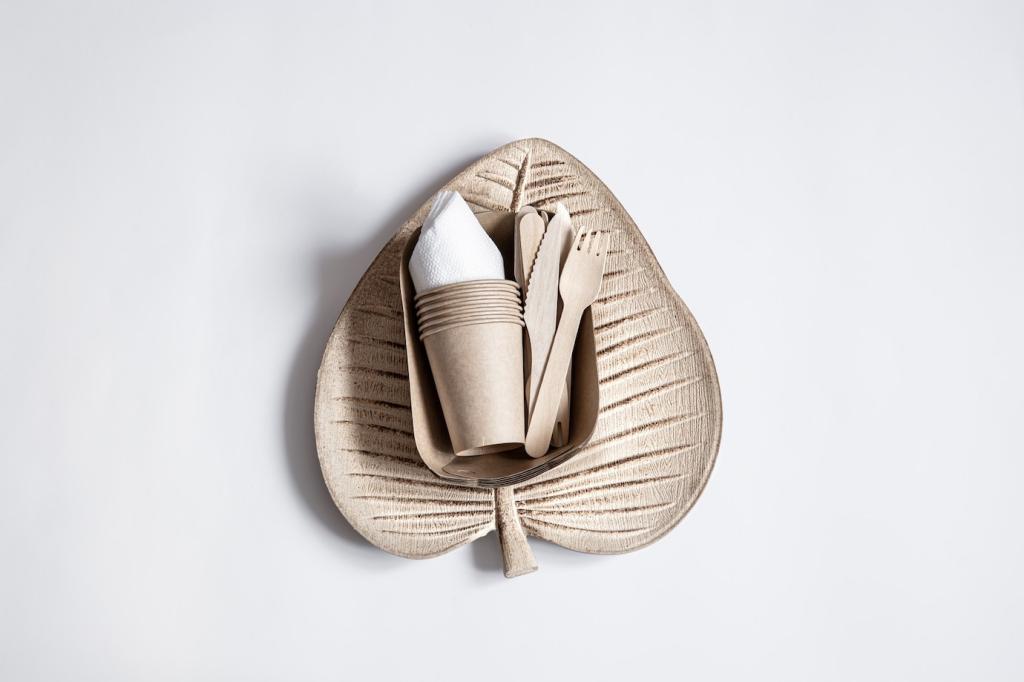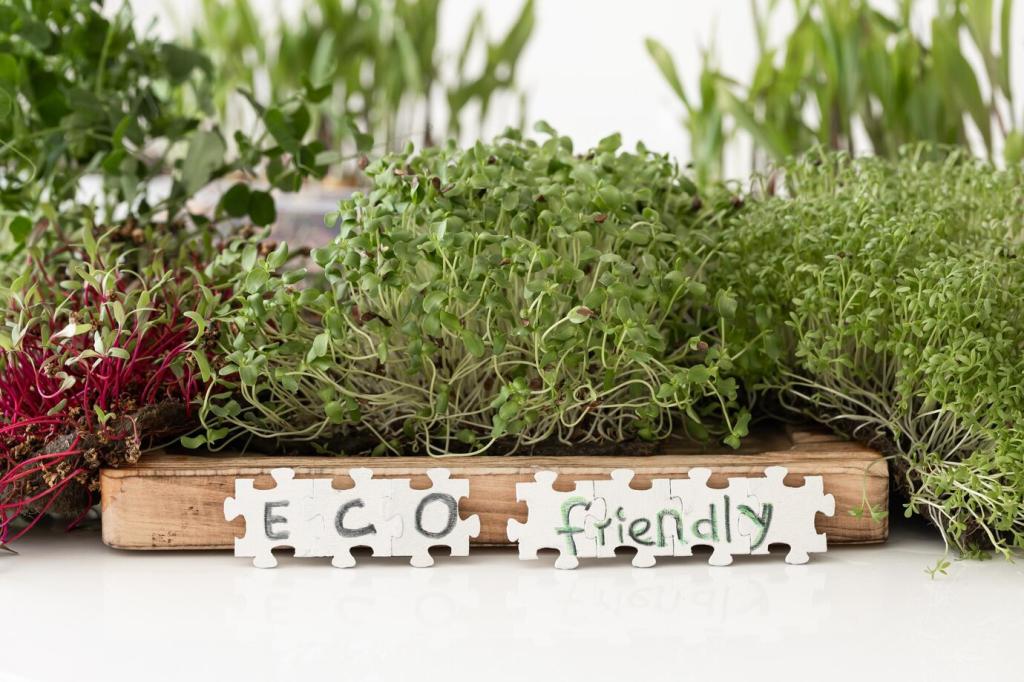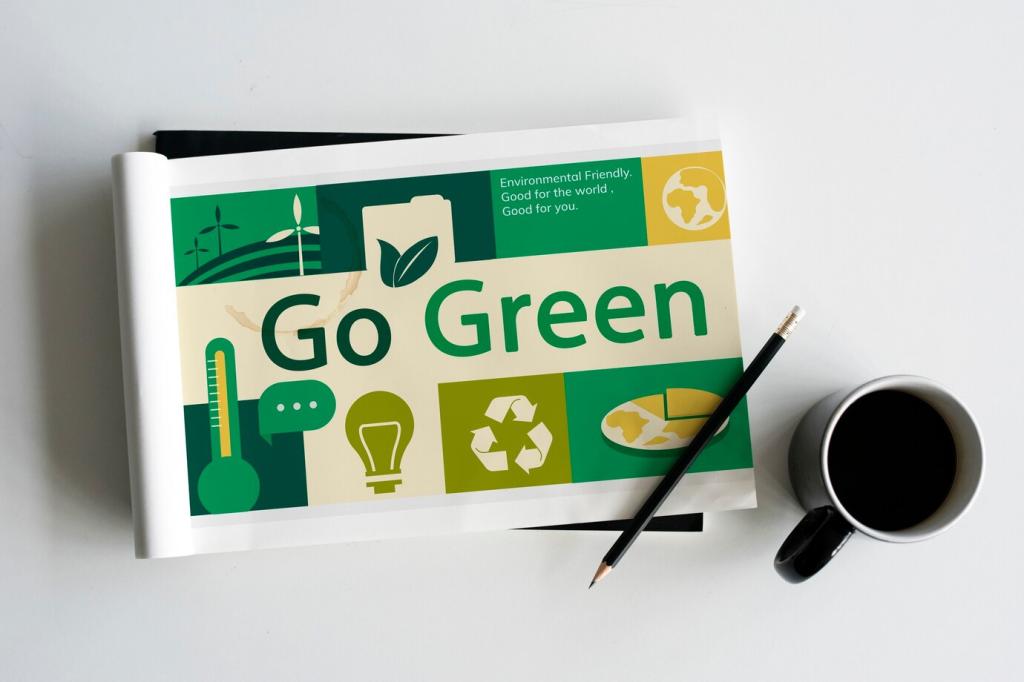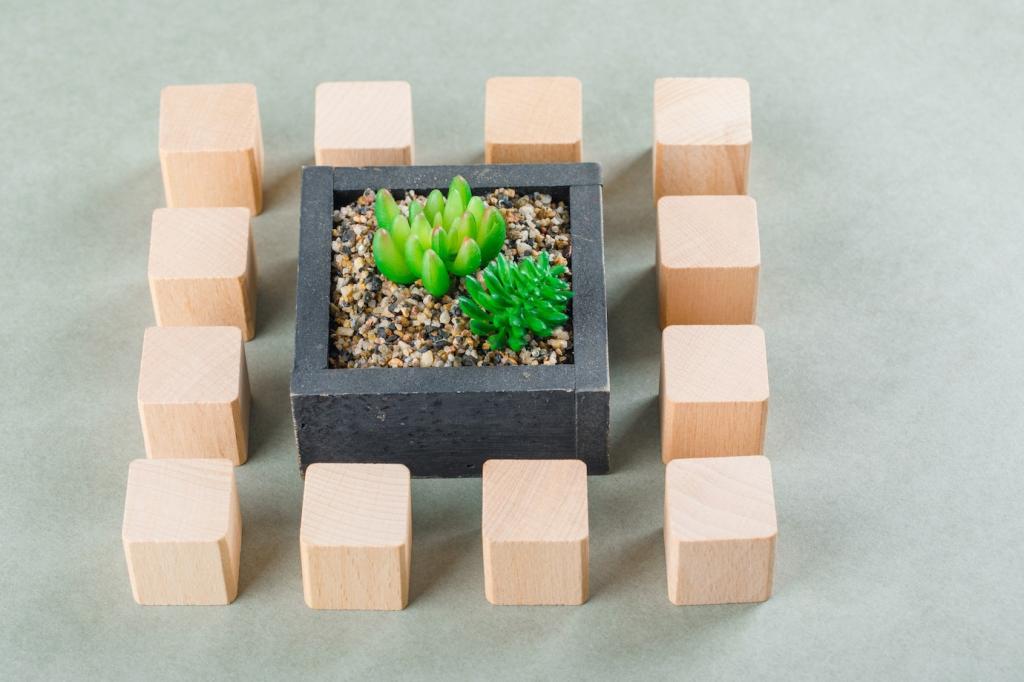Material Choices That Shape Greener Rooms
Choose FSC-certified wood, bamboo, cork, recycled steel, and post-consumer glass to elevate interiors while shrinking footprints. These materials balance durability and warmth, and they age gracefully. Share your favorite sustainable finish or texture with us—your tip might inspire another reader’s next project.
Material Choices That Shape Greener Rooms
Opt for modular pieces assembled with mechanical fasteners so parts can be repaired, replaced, or reused. Circular thinking prevents waste, extends product lifespans, and keeps materials valuable. Tell us which modular furniture brands you trust, and we’ll compile community-recommended options in our next post.





